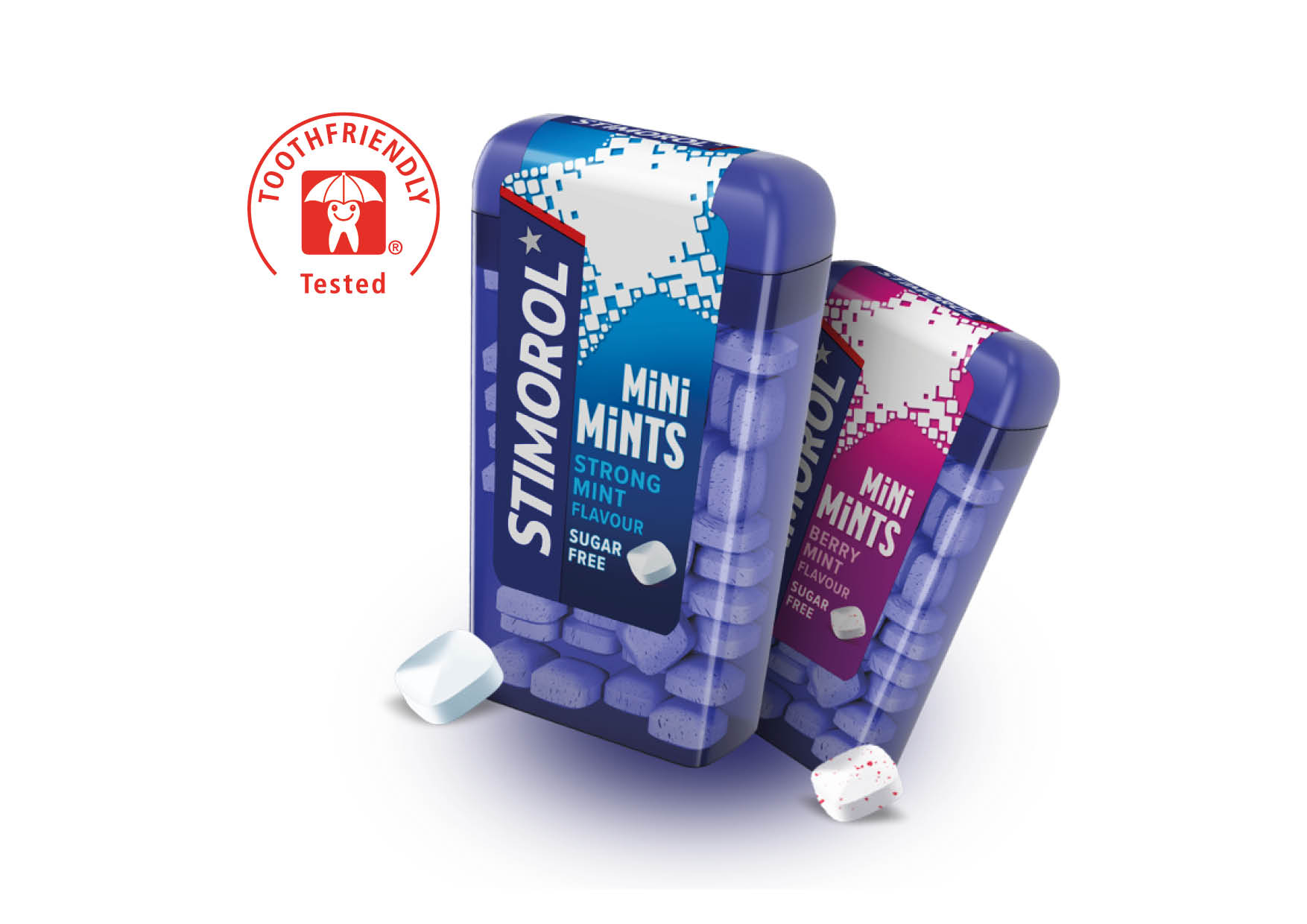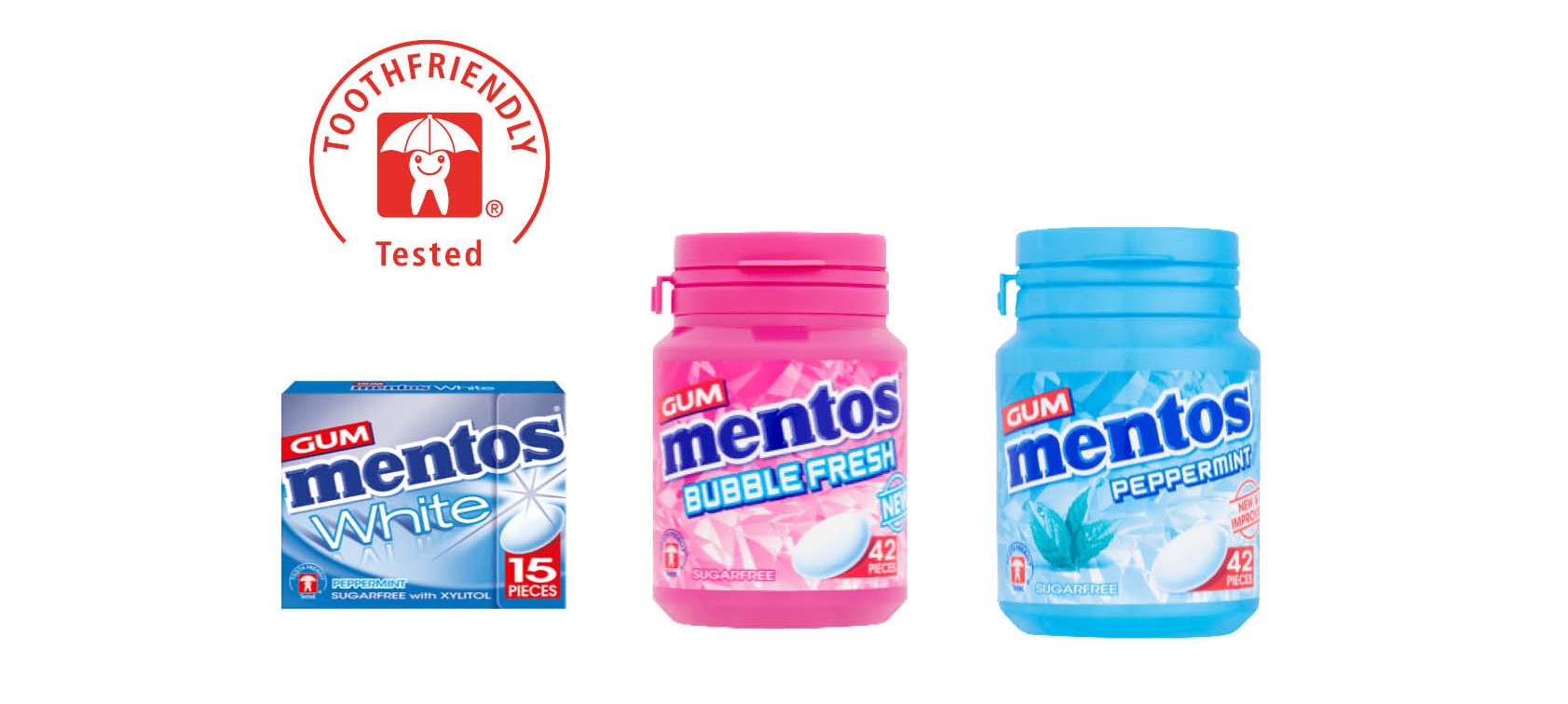With an increasing number of new niche players, and high-profile manufacturers like Mars and Mondelez investing in strong POS strategies, the sugar-free gum segment may seem like a solid performer. But recently, cracks have begun to show – a reminder that despite all the past success, the gum category may start to crumble.
While the U.S. chewing gum market still reached roughly $4.1 billion in 2018, the gum market in Europe remains a very mature and saturated category, with many countries reporting decline.
According to Euromonitor, in countries like Switzerland, the introduction of self-checkout services at the retailers has led to a continuous loss of chewing gum shelf space, as is the drift of younger consumers away from gum.
Manufacturers are trying to counter the trend by introducing brand extentions in new product formats – such as the Stimorol Mini Mints of Mondelez.

Polyol manufacturers echo this view. Roquette, French manufacturer of sugar substitute maltitol, estimates that compressed lozenges now offer bigger growth potential than gums. Especially in Asia the sugar-free mint category is booming.
So what now, gum industry? While it may be tempting to panic and chase the trends, many gum manufacturers have ultimately decided to stay in their lane. Perfetti Van Melle Group, for example, launched three new flavours under its Mentos gum range in the UK in 2018 and grew its market share significantly.
Mature or decreasing markets can be challenging for business, but they inspire companies to stretch and innovate. If you make sudden, un-requested changes, you risk losing customer trust and loyalty. That’s a big risk.

In 2019, Euromonitor estimates that European gum consumers turn towards products that offer more positive health benefits.





